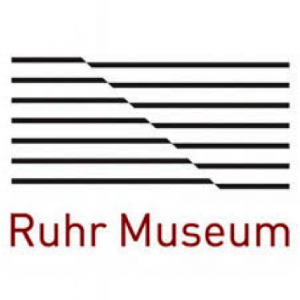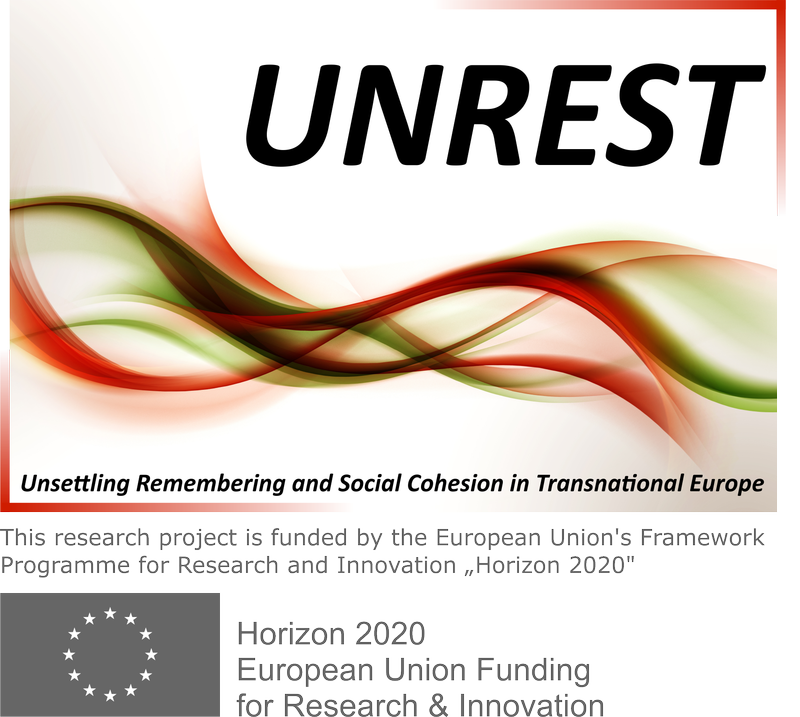 The Ruhr Museum is the regional museum of the Ruhr area. It is located at the Zollverein coal mine, once the most modern and most productive coal mine of the world. After its closure, it was appointed in 2001 UNESCO World Heritage. The building of the Ruhr Museum could hardly be more spectacular. The former coal washing plant at shaft XII impresses by its sheer size and architecture. The exhibition architecture designed by the Stuttgart-based architect HG Merz integrates the contents and features of the exhibition into the existing structure of the building: An integrative concept combines natural and cultural history, showcasing the entire history of the Ruhr area, from the formation of coal 300 million years ago to the current structural change towards the Ruhr Metropolis. The categories Present, Memory and History are each assigned to one of the three exhibition levels.
The Ruhr Museum is the regional museum of the Ruhr area. It is located at the Zollverein coal mine, once the most modern and most productive coal mine of the world. After its closure, it was appointed in 2001 UNESCO World Heritage. The building of the Ruhr Museum could hardly be more spectacular. The former coal washing plant at shaft XII impresses by its sheer size and architecture. The exhibition architecture designed by the Stuttgart-based architect HG Merz integrates the contents and features of the exhibition into the existing structure of the building: An integrative concept combines natural and cultural history, showcasing the entire history of the Ruhr area, from the formation of coal 300 million years ago to the current structural change towards the Ruhr Metropolis. The categories Present, Memory and History are each assigned to one of the three exhibition levels.
PRESENT Following the former track taken by the coal the visitors pass from top to bottom, descending from present down to the history of the region. The journey through the museum starts in the present, because the Ruhr area is a region that, first and foremost, needs to be explained and made understandable to visitors. There are neither natural nor political borders, and it is not a natural landscape or an administrative unit. It features varying landscapes and exhibits differing, partly contradictory characteristics. There are therefore conflicting ideas about the Ruhr area. These ideas are presented at the 17 metre level of the Coal Washing Plant, a large machinery platform for sorting rocks and coal, which is now a panorama of the present. It shows images and views of the Ruhr area, myths and stereotypes, modern day phenomena and the underlying structures of the region. It addresses the fundamental experiences and lived realities of the people of the Ruhr area and recounts the millions of years of geology in this region.
MEMORY The 12 metre level of the Coal Washing Plant is dedicated to the pre-industrial history of the Ruhr area. This is the place where the rocks and the water, but especially the coal, were once temporarily stored. The exhibition concept uses the windowless storehouses as a metaphor for the pre-modern cultural memory of the region. The area, which later became known as the Ruhr area, boasts a number of regional traditions dating back to the ancient world and the Middle Ages. The exhibition displays the finest selection of the region’s most precious artefacts, the majority of which are on loan from major museums, and private lenders from all over the Ruhr area. Besides the age of industrialization, cultural goods from pre-industrial eras play a pivotal role in defining the identity of the Ruhr area. Furthermore, the exhibition, showcasing geological, archaeological and ethnological artefacts, represents three of the Ruhr Museum’s oldest collections, which can also be interpreted as a cultural memory.
HISTORY The history of the Ruhr area starts with the industrialization over 200 years ago. It transformed the former agricultural landscape into the largest area of steel and coal production in Europe and consequently into a modern economic and service hub, the Ruhr Metropolis. The Ruhr Museum displays this massive transformation at the lowest level of the Coal Washing Plant, the 6 metre level with its almost 100 meters long space axes. A geological history prologue about the formation of coal 300 million years ago is followed by the dramatic process of industrialization that started in the 18th century, the advancements in ore smelting, the golden age of industrialization, the vast destruction during the two world wars and post-war reconstruction, as well as the ongoing structural change. An epilogue takes stock of the current situation and looks to the future as the end of fossil fuel consumption dawns.
COLLECTIONS Besides its local history collections, the Ruhr Museum also owns other important collections, particularly of geological, archaeological, ethnological and natural history artefacts. They are based on collections begun by one of the oldest museums in the Ruhr area which later became known as the Ruhrlandmuseum of the City of Essen. These collections were continuously enhanced during the course of the last one hundred years – in spite of widespread destruction caused by the Second World War. In the recent decades, the museum has created new collection priorities focusing on the social and daily history of the Ruhr area during the age of industrialization, on the “natural environment” and, in particular, on documentary photography. The photo archive of the Ruhr Museum contains over four million photographs, the majority of which document the social history of the Ruhr area. Parts of the collections are presented in the permanent exhibition and regular special exhibitions in the gallery at the Ruhr Museum as well as in the Mineralien-Museum in Kupferdreh.
BRANCHES The Ruhr Museum has a number of branches, particularly in the south of Essen. The Mineralien-Museum in Essen-Kupferdreh permanently houses items from the mineralogical and geological collections of the Ruhr Museum. The man-made landscape Deilbachtal combines an interesting geological natural landscape with a remarkable collection of pre- and early industrial monuments. They illustrate the history of metal processing and early coal mining. The geological trail at Lake Baldeney includes several geological outcroppings, quarries and coal seams – the prerequisites and the traces of underground mining along the banks of the River Ruhr. Demonstrations of the pre-industrial production of wrought iron regularly take place at the fully renovated Halbachhammer in the Nachtigallental. Furthermore, an exhibition in the small studio building at the Margarethenhöhe together with a historical show flat provide an insight into one of the most famous garden cities in Germany.
OFFERS In addition to multilingual (audio-) guides, the Ruhr Museum also offers a comprehensive educational programme. The programme is rounded off with thematic tours and museum talks, educational activities at the museum, Zollverein and its branches, teacher training courses as well as projects for kindergarten and school groups. In addition to its permanent exhibition, the Ruhr Museum presents exhibitions on national topics as well as its extensive collections in the special exhibition space on the 12 metre level and in its Gallery on the 21 metre level. The exhibitions are complemented by a diverse additional programme of scientific lectures, cinema shows, panel discussions and excursions. Together with the Portal of Industrial Heritage, the Monument Path ZOLLVEREIN® and the viewing platform at the Coal Washing Plant a visit to the Zollverein UNESCO World Heritage Site is a unique experience.
Team:
